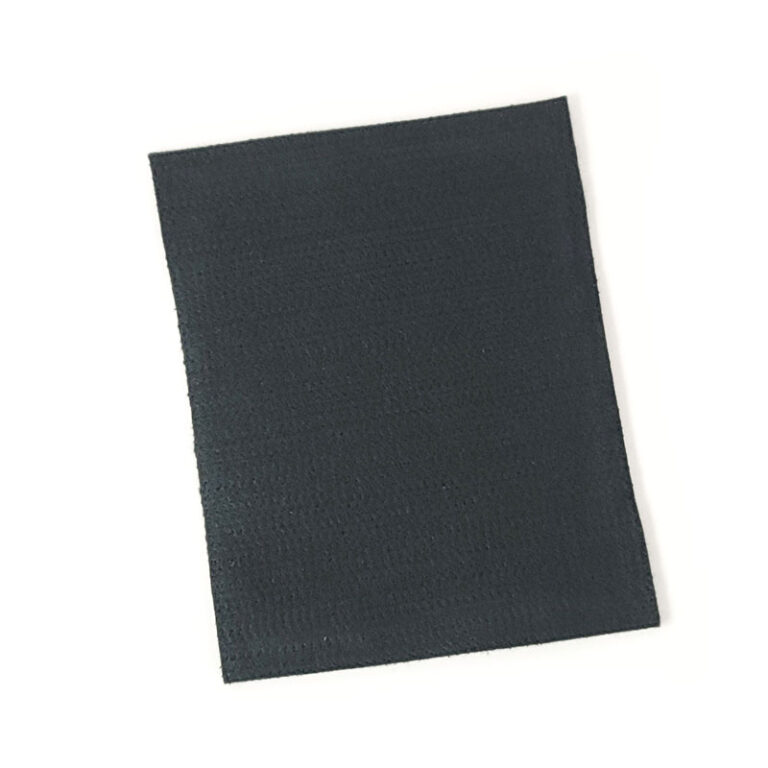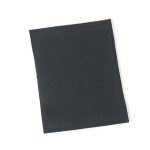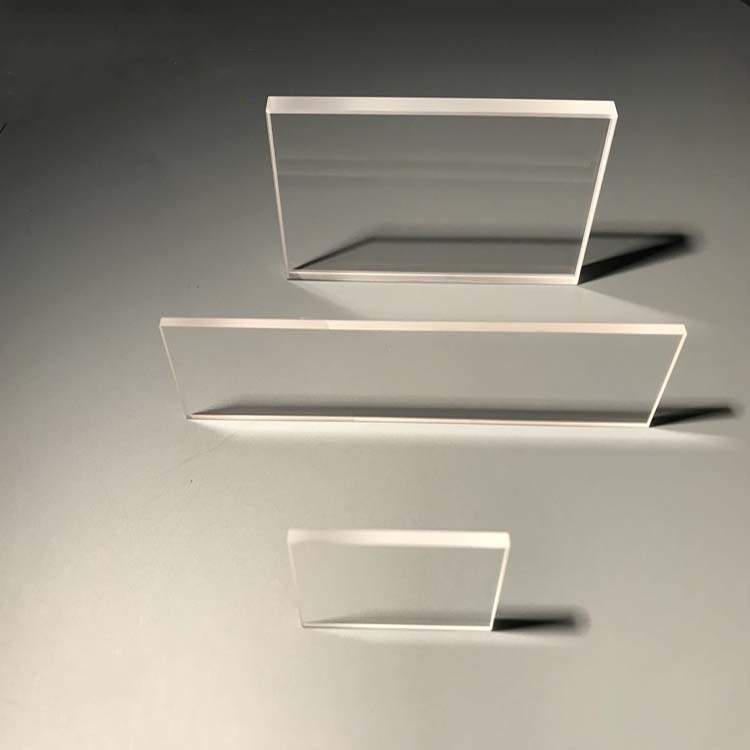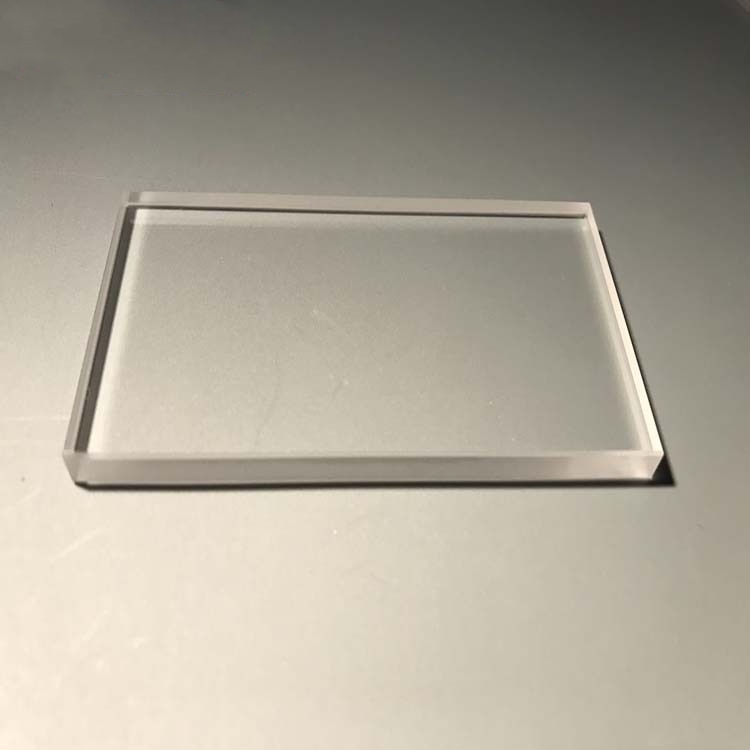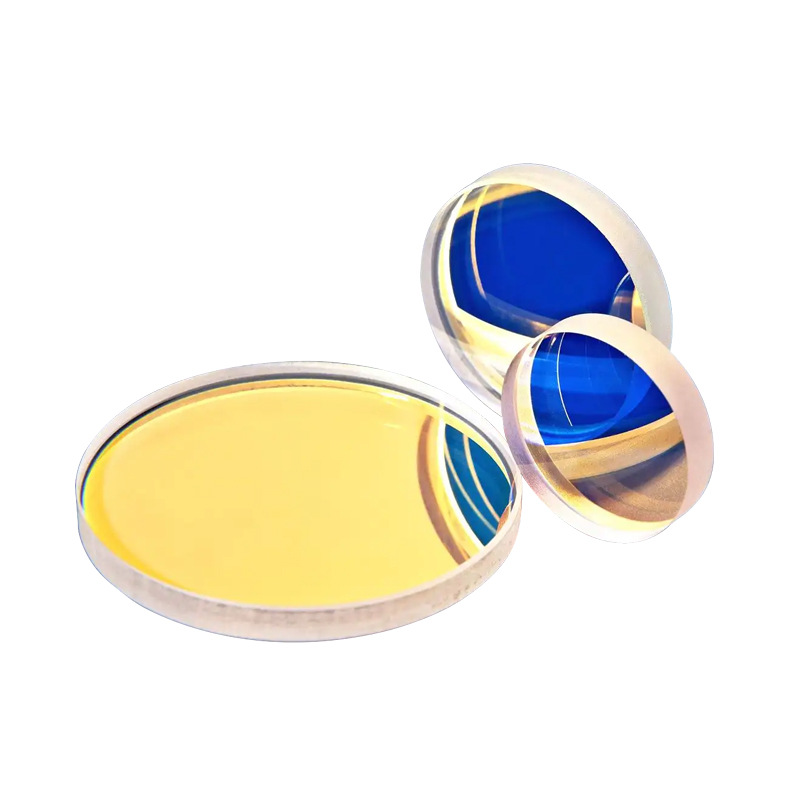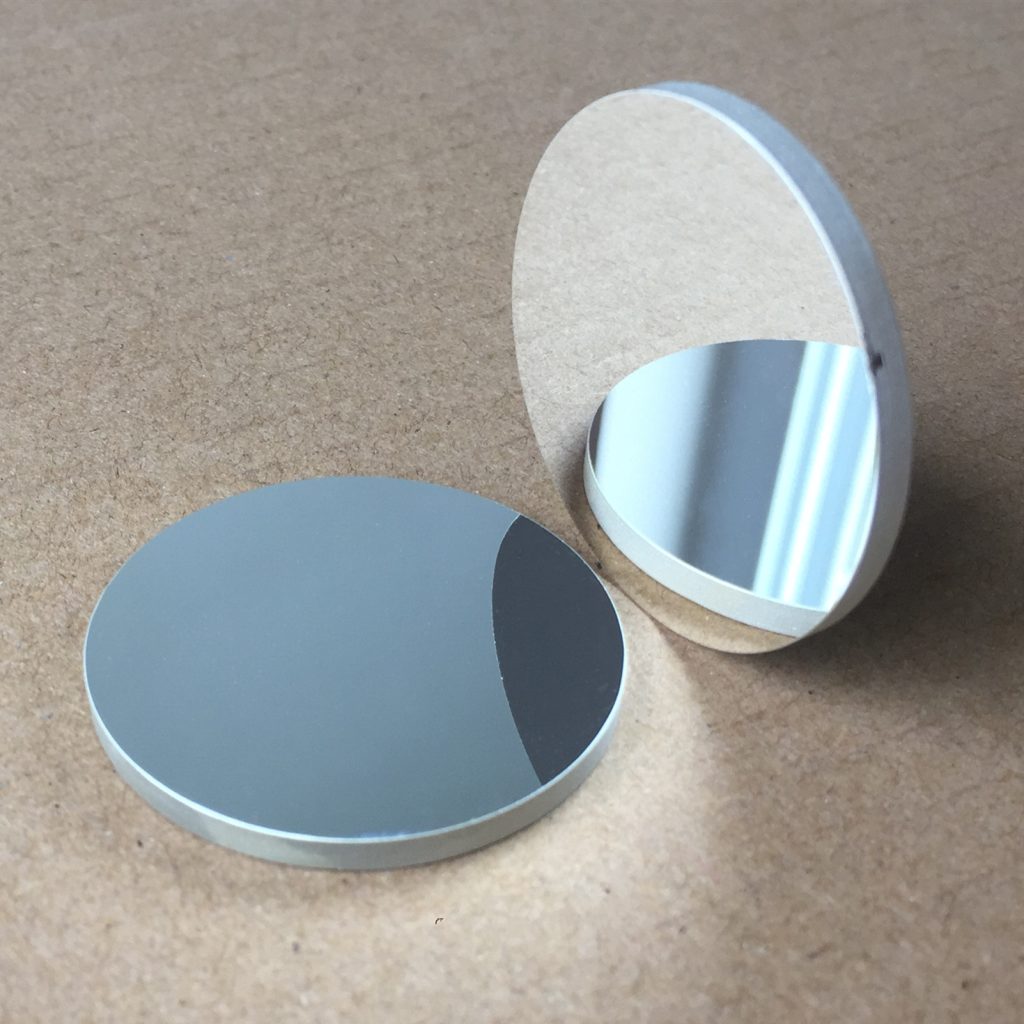Flat carbon felt is a high-performance thermal insulation material designed for industrial applications requiring extreme heat resistance, structural stability, and minimal thermal conductivity. Manufactured from high-purity carbon fibers through advanced processing techniques, this felt provides superior thermal protection, oxidation resistance, and durability in harsh environments. It is widely used in vacuum furnaces, semiconductor fabrication, aerospace insulation, and energy storage applications, ensuring consistent performance in demanding operational conditions.
Product Overview
Flat carbon felt is a mat-like material made from carbon fibers. It combines the excellent high-temperature, corrosion-resistant, and non-melting properties of carbon materials with the lightweight, flexible, and foldable characteristics of carbon fibers. This product is particularly suited for thermal insulation in high-temperature environments, such as high-temperature furnaces used in vacuum or non-oxidizing atmospheres. The structure of flat carbon felt can be customized to meet specific requirements, making it ideal for various high-temperature processing applications in industries such as metallurgy, electronics, and machinery manufacturing.
Key Features
- High-Temperature Resistance: It has excellent high-temperature resistance, maintaining its structure and performance stability in extreme environments.
- Corrosion Resistance: Provides good resistance to most chemicals, making it suitable for harsh working conditions.
- Lightweight and Flexible: Compared to traditional block carbon materials, flat carbon felt is lightweight, soft, and elastic, making it easy to handle and process.
- Customizable: Can be cut, folded, or sewn according to customer needs to fit various applications.
- High Strength and Stability: Used in carbon/carbon composite materials to enhance the overall strength and stability of the material.
Applications
- High-Temperature Furnace Insulation: Widely used as a thermal insulation material in high-temperature furnaces such as vacuum quenching furnaces, brazing furnaces, vacuum resistance furnaces, induction furnaces, and sintering furnaces.
- Vacuum Coating Furnaces: Used as thermal insulation material during high-temperature heating processes in vacuum environments.
- Machinery Manufacturing: Used as a reinforcement frame in carbon/carbon composite materials, improving the strength and stability of mechanical structures.
- High-Temperature Processes: Applied in equipment like single crystal silicon furnaces and hot isostatic pressing furnaces, where high temperatures and high flow rates are required to ensure effective thermal isolation.
- Electronics and Semiconductor Industries: Provides thermal insulation and protection in high-temperature environments to ensure efficient operation of equipment.
 new material
new material

